Harvey's grandparents were in Quetta, which was then in British India, during the devastating earthquake in 1935. I've published a page about the event which includes an excerpt from the RAF Operations Books giving an account of the earthquake - Harvey's grandfather was in command of No 5 (AC) Squadron at the time. As the account is quite long I've selected some extracts which are featured below...
The time at which the first shock of the earthquake occurred is given officially as 0306 hours on 31st May, 1935. The night was fine but dark as there was no moon.
The Royal Air Force lines comprising No. 3 (Indian) Wing, No. 5 (AC) Squadron and No. 31 (AC) Squadron were in the direct line of the Earthquake.
The greatest shock awaited the rescue party when it reached the airmen's lines. What had once been the Airmen's Barracks was now nothing but a series of detached heaps of brick rubble with the tin roofs resting, torn and twisted on the top. A few survivors were wandering among the ruins in a stunned condition, calling to trapped inmates. A few were desperately digging down with their bare hands trying to release their buried friends.
... there was no light, great clouds of dust, cut off what little help they could have hoped for from the stars, all electric light cables were down, dawn did not come until about 6.30 a.m.... they had nothing to dig with except their hands... their work was continually being undone, by fresh tremors, which occurred at frequent intervals during the first few hours, often reburying a victim who had just been on the point of release...
Immediately before dawn a battalion of the Punjabis, who had been on a night march, came to our assistance and, as they brought with them their trenching tools, were of immense value and greatly speeded up the rescue work. At about 8 a.m. a section of light tanks arrived and were at once set to work pulling the heavy roofs off the ruins.
The last survivor was extracted at noon. The last body was removed at about 4.p.m. A bull terrier was found alive and uninjured 36 hours after the disaster...
It was found that many of the victims died from suffocation.
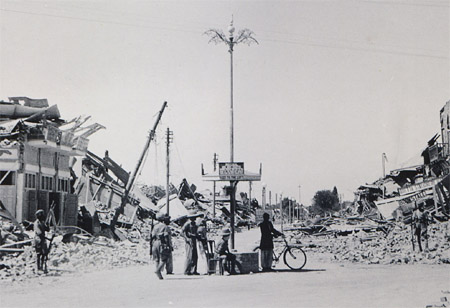
Aftermath of the Quetta Earthquake 1935
If possible the buildings occupied by the Indian Air Force personnel and followers were in an even worse condition than those of the British Airmen and not a single man escaped uninjured. Owing to the fact that many of the followers had entire families sleeping in their quarters the death roll was enormous and it is impossible to give an accurate estimate of the casualties in this part of the camp.
The aircraft hangars which were of steel construction stood up to the earthquake, though most of the brick walled flight offices fell in or were damaged. Such was the violence of the shaking, however, that all the aircraft had been thrown about inside and dashed against each other or into the walls. Inspection showed that only three out of the twenty seven held by the wing were fit to fly.
After some hours work these three aircraft were extracted from the hangars... By 10 a.m. the machines were in the air.
The main effected area was found to extend about 70 miles South from QUETTA many small towns and villages being completely wrecked. The death roll was later estimated as 56,000 of whom 25,000 died in QUETTA.
...during June, the entire R.A.F. personnel less a small salvage party were moved to R.A.F. Depot, Karachi.
Digging for kit and the bodies of Indian Followers continued during the first week of June. For the first two nights the airmen lit fires between the ruins of their bungalows and slept in tents under whatever blankets and kit they had been able to salve... By the 2nd the camp had become very insanitary. Decaying bodies in the gaol and nearby villages began to smell very strongly, drains were blocked... All work was carried out by men working with first field dressing pads tied over their mouths and noses.
It was decided to evacuate the camp and airmen moved into tents in the Queen's Lines... The Officers lived in tents on their Mess Lawn and had their meals in the open.
On 1st July, 1935, only a small salvage party remained in Quetta collecting documents equipment and furniture. The remainder of the Squadron in Karachi continued to repair the damaged aircraft.
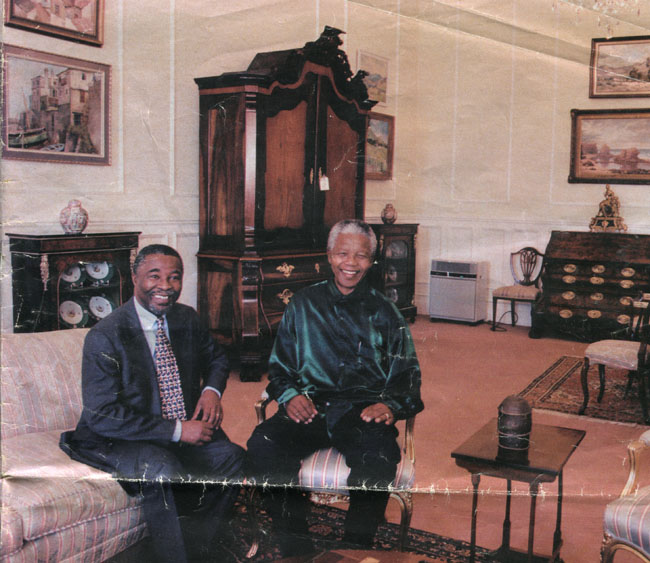






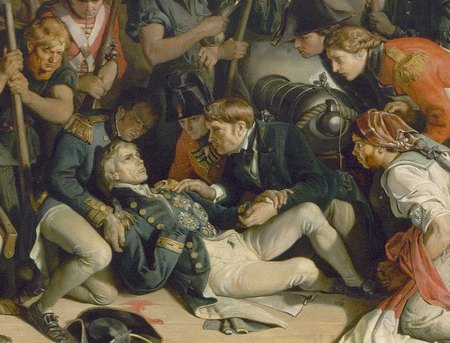
 Harvey's great-aunt,
Harvey's great-aunt, 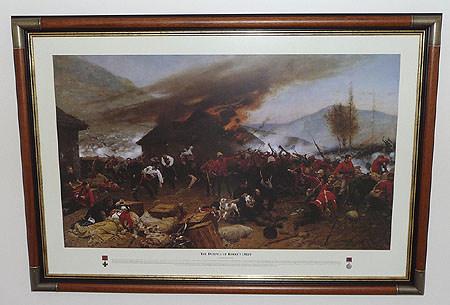
 Last week, whilst I was in London for the day, I paid a visit to the Imperial War Museum. I had a specific reason for going - I wanted to see the medals on display in the Lord Ashcroft Gallery, in particular, those which were awarded to
Last week, whilst I was in London for the day, I paid a visit to the Imperial War Museum. I had a specific reason for going - I wanted to see the medals on display in the Lord Ashcroft Gallery, in particular, those which were awarded to 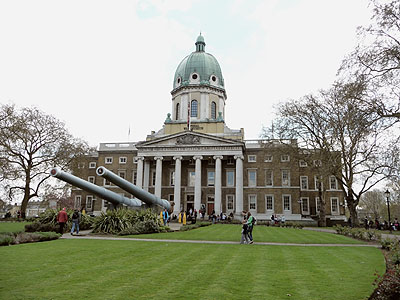
 A little while ago I discovered that my husband, Harvey, is distantly related to three survivors of the Titanic. To commemorate the 100th anniversary,
A little while ago I discovered that my husband, Harvey, is distantly related to three survivors of the Titanic. To commemorate the 100th anniversary,  When I was growing up I didn't have a great interest in football. My elder brother used to be, and still is, extremely enthusiastic about the sport and so I adopted a favourite team when I was about 9 years old. That team was Chelsea, picked out simply because I liked the colour they wore. Since those days, I've become an avid football fan and it's good to see the team doing so well in the last few years.
When I was growing up I didn't have a great interest in football. My elder brother used to be, and still is, extremely enthusiastic about the sport and so I adopted a favourite team when I was about 9 years old. That team was Chelsea, picked out simply because I liked the colour they wore. Since those days, I've become an avid football fan and it's good to see the team doing so well in the last few years.